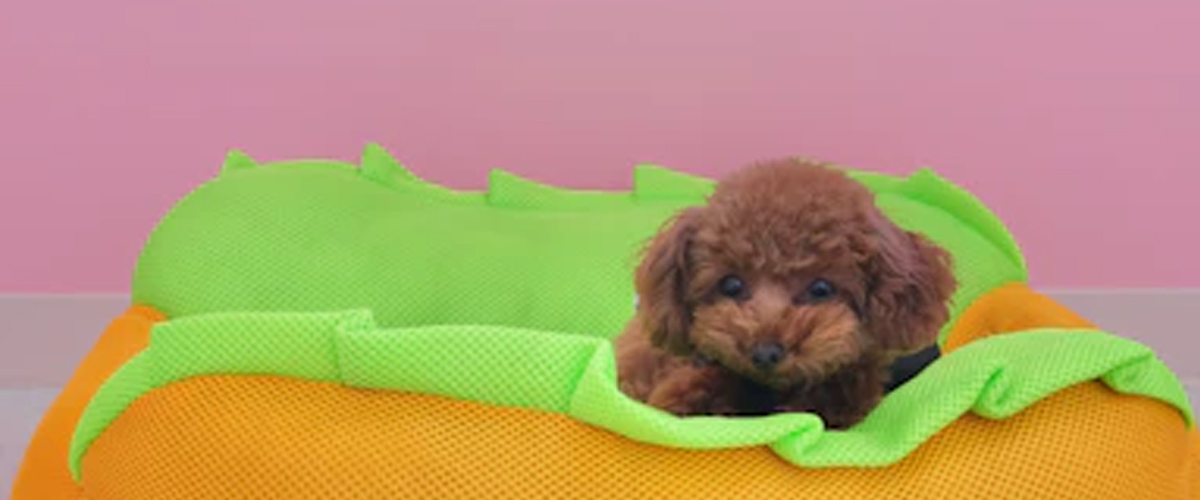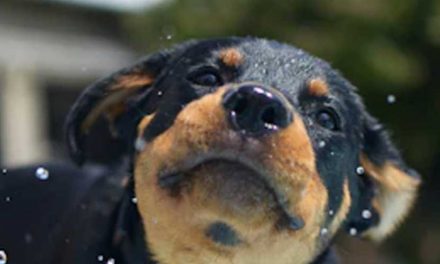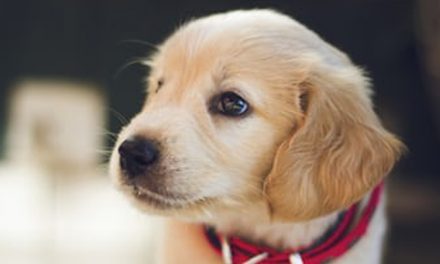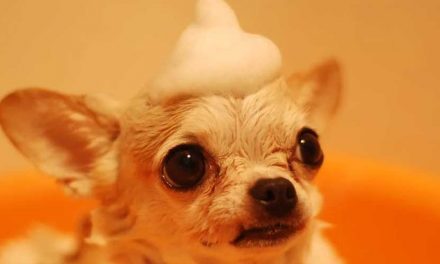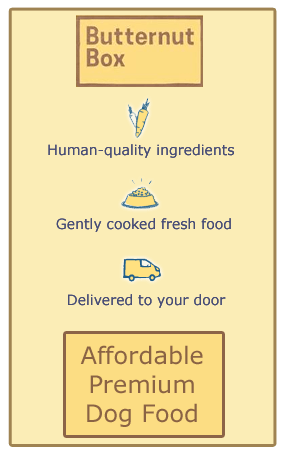Bringing a puppy into your home is one of life’s greatest joys. Their energetic antics, goofy personalities, and unwavering affection can bring light to even the dullest days.
However, understanding your puppy’s body language can enhance your bond and help you better meet their needs.
DECODING THE PLAYFUL SIGNS OF A HAPPY PUPPY
Just like humans communicate through expressions and body language, puppies have their own ways of expressing joy and playfulness.
Decoding these signals can help you create a nurturing environment for your furry friend.
A WAGGING TAIL
One of the first things you’ll notice about a happy puppy is their wagging tail. But not all tail wags are created equal!
A loose, wagging tail held high often signifies excitement and joy.
When your puppy greets you with an enthusiastic tail wag, they are likely expressing happiness to see you.
Conversely, a slow wag or a tail held low can indicate insecurity or uncertainty.
Pay attention to the speed and height of the wag; an exuberant motion is a definite sign of a playful pup.
YOUR PUPPY’S EARS.
Dogs use their ears to communicate a wide range of emotions.
When your puppy’s ears are perked up and facing forward, they are usually alert and ready to play.
This state of attentiveness can be accompanied by playful barking or an excited stance.
In contrast, if their ears are flat against their head, it may indicate fear or submission.
So, an erect and forward-facing pair of ears is a good indicator of a happy puppy looking to engage in some fun!
THE BODY
Puppies often express happiness through their bodies, and a common playful pose is the “play bow.”
This is when your puppy lowers their front legs while keeping their hind end in the air.
The play bow is an invitation to interact, signaling that they want to play, whether it’s chasing a ball, wrestling with you, or simply engaging with another dog.
If your puppy frequently assumes this position, it’s a clear sign they’re in the mood for fun!
MAKE SOME NOISE
Vocalizations are another aspect of puppy body language to consider.
Happy puppies tend to bark playfully and make happy yips or yelps, especially when they are engaged in play.
The tone and pitch of these sounds can indicate excitement.
If your puppy is barking with a lively tone, it likely means they’re having a blast.
However, if their barking sounds distressed or aggressive, it’s essential to address the situation immediately.
THE FACE
Facial expressions also play a crucial role in interpreting your puppy’s state of mind.
A relaxed face, with soft eyes and an open mouth, is a strong indicator of a happy canine.
When your puppy is excited or playful, they may have a slight squint in their eyes, combined with a relaxed mouth almost resembling a smile!
Conversely, a tense expression or wide-open eyes could signal stress or anxiety.
ZOOMIES
A happy puppy radiates openness and comfort, reflecting their playful spirit.
You may also notice your puppy engaging in spontaneous zoomies, where they run in circles or dart around rapidly.
This burst of energy is a clear indication that your puppy is feeling joyful and playful.
Zoomies are often a signal that they are feeling good in their environment, so feel free to join in on the fun!
However, ensure that your play area is safe and free from obstacles.
THE PLAYFUL SIGNS
Understanding the context in which these playful signs occur is also essential.
For instance, playful behaviors during social play with other dogs can vary in intensity, so keeping an eye on your puppy’s interactions is key.
Make sure they are being friendly and comfortable during these play sessions.
IN CONCLUSION
Decoding the playful signs of a happy puppy is a rewarding endeavor that deepens the human-animal bond.
Reading their body language—wags, ear positions, play bows, vocalizations, and facial expressions—will help you better respond to their needs and strengthen your connection.
By creating a supportive and nourishing environment, you can ensure that your puppy continues to express their playful spirit and grow into a joyful companion.
Remember, the more you understand their body language, the happier both you and your furry friend will be!

